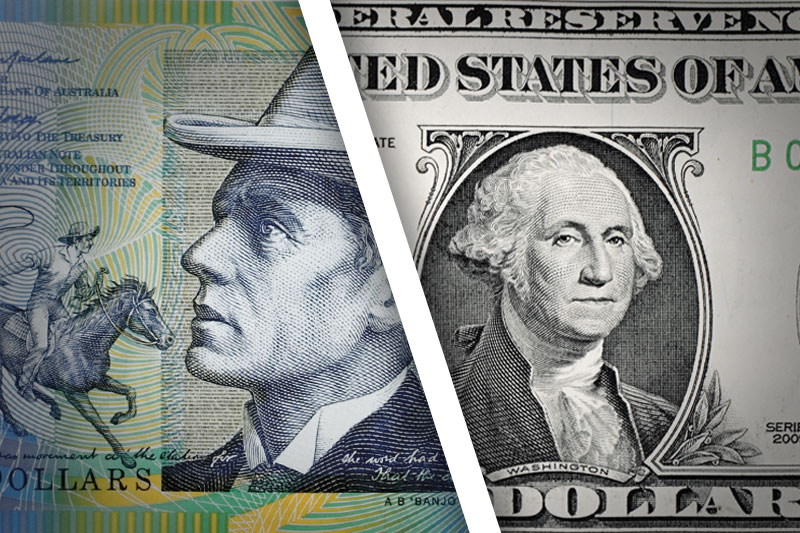Investing.com - The Australian dollar tumbled against its U.S. counterpart on Thursday, as risk sentiment came under pressure following weak Chinese manufacturing data and amid sustained euro zone debt concerns.
AUD/USD hit 1.0379 during late Asian trade, the pair's lowest since September 11; the pair subsequently consolidated at 1.0391, plummeting 0.83%.
The pair was likely to find support at 1.0324, the low of September 11 and resistance at 1.0482, the session high.
Risk sentiment was hit by data showing that China’s HSBC Flash Purchasing Managers Index rose slightly to 47.8 in September from a final reading of 47.6 in August, remaining in contraction territory for the 11th consecutive month and adding to fears over a deeper-than-expected slowdown in the world's second largest economy.
Investor confidence had weakened on Wednesday, after reports surfaced that some German lawmakers are seeking to water down proposals for a European banking union and supervision of euro zone banks by the European Central Bank.
Markets were also jittery amid ongoing uncertainty over whether the Spanish will ask for help from the European Central Bank's new bond-purchasing program, which would mean signing up to a permanent bailout fund.
Elsewhere, the Aussie was lower against the New Zealand dollar with AUD/NZD shedding 0.31%, to hit 1.2631.
Also Thursday, official data showed that New Zealand's gross domestic product expanded by 0.6% in the second quarter, following a downwardly revised 1% rise in the previous quarter.
Analysts had expected the GDP to expand by 0.3% in the second quarter.
Later in the day, the U.S. was to release its weekly government report on initial jobless claims, as well as an index of manufacturing activity in Philadelphia.
AUD/USD hit 1.0379 during late Asian trade, the pair's lowest since September 11; the pair subsequently consolidated at 1.0391, plummeting 0.83%.
The pair was likely to find support at 1.0324, the low of September 11 and resistance at 1.0482, the session high.
Risk sentiment was hit by data showing that China’s HSBC Flash Purchasing Managers Index rose slightly to 47.8 in September from a final reading of 47.6 in August, remaining in contraction territory for the 11th consecutive month and adding to fears over a deeper-than-expected slowdown in the world's second largest economy.
Investor confidence had weakened on Wednesday, after reports surfaced that some German lawmakers are seeking to water down proposals for a European banking union and supervision of euro zone banks by the European Central Bank.
Markets were also jittery amid ongoing uncertainty over whether the Spanish will ask for help from the European Central Bank's new bond-purchasing program, which would mean signing up to a permanent bailout fund.
Elsewhere, the Aussie was lower against the New Zealand dollar with AUD/NZD shedding 0.31%, to hit 1.2631.
Also Thursday, official data showed that New Zealand's gross domestic product expanded by 0.6% in the second quarter, following a downwardly revised 1% rise in the previous quarter.
Analysts had expected the GDP to expand by 0.3% in the second quarter.
Later in the day, the U.S. was to release its weekly government report on initial jobless claims, as well as an index of manufacturing activity in Philadelphia.
